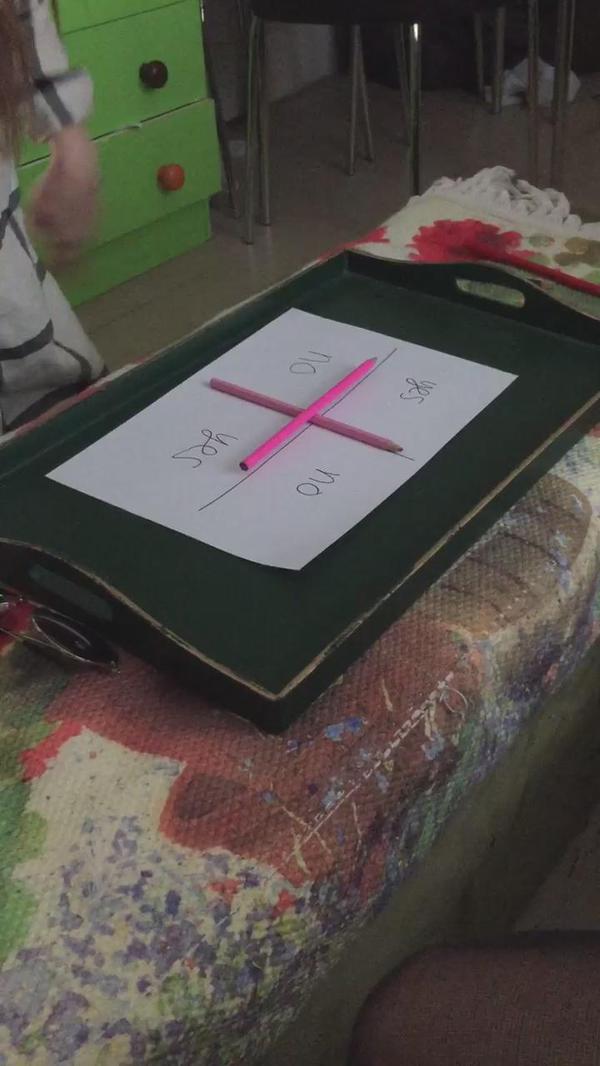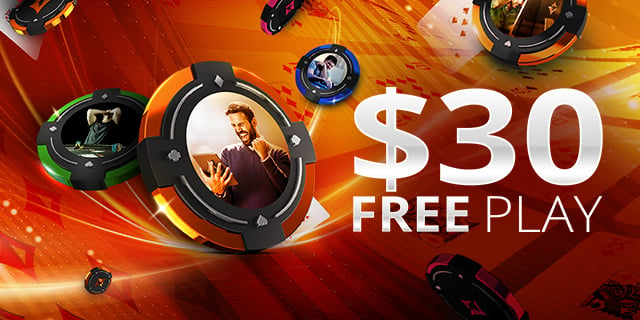Tabletop •
At first glance you might be tempted to compare Catalyst Game Labs‘ latest card game, Dragonfire, to one of the favorites around the Stately Play grounds, Pathfinder Adventures. Both use cards to replicate the role-playing experience with the latter set in Pathfinder and the former in D&D 5E. Other than those similarities, however, the games couldn't be more different. You already know I love Pathfinder ACG, so how does Dragonfire stack up?

At the start of the game, you get to choose a character based on race and class. Shoping spree game. Go on, play the elf wizard if you want. Each character starts with a different deck of cards based on what's in their equipment pack, so it pays to diversify the party a bit. As you play through the game, your character will gain experience and new abilities. Campaign Expansion to Dragonfire Waterdeep is Dragonfire Campaign Box containing new character shields, market cards, encounter decks, adventures, and magic items.
How To Play Dragonfire App
What is mobile optimized. Dragonfire is a fairly simple card game with fairly simple mechanisms, but manages to somehow turn all those simple gears into one big, brain-burning puzzle that's actually a blast to figure out. Each scenario consists of drawing encounters from one of two decks, one deck is 'not easy' and the other 'really not easy', and then attempting to use your cards to get all those encounters into the discard pile.
Encounters is another word for 'monsters', as 90% of the cards are simply critters or bad guys that you need to smite. The other 10% of cards are locations that are also trying to kill you, and are the game's attempt to make itself feel more like an RPG than the card-chucking activity it actually is. It doesn't really succeed, but it doesn't need to. More on that in a bit.
The trick with monsters is you can't just kill them. This isn't Hearthstone or Ascension where you simply need a greater attack value than the critter's health and it dies. Instead, each baddie has a 'damage track' which must be taken down in order. The game has four different types of damage, and the track will require you to first deal one type, then another, then some more, and whatnot until you move all the way down the track. Considering that you'll likely use all your cards each turn and can only draw two cards to replenish your hand means that killing a critter will often take much more than one round. Apart from the monsters in your face, you can also play cards on monsters attacking any of the other players forcing cooperation if you're going to take down the baddies and clear the table.
Each turn becomes a puzzle of how to best play your cards and move as many damage tracks down as possible. You'll also visit the market after you play your cards each round, and this is where you buy new cards that go directly into your hand. New cards will cause damage, but will also have text on them that gives the game some flavor. Transmit 5 6 32. For example, Lightning Bolt, will take down damage levels of any color or Grapple will let you pull a monster from someone else in front of you. The variance of the powers in the market is quite diverse and even after five games we still get wowed by something that pops up, thinking of new combos or ways to use the new power.
How To Play Dragonfire Solitaire
Win free money playing slots. Of course you need to have money to buy new cards, and the only way to get treasure is via monster death. When a monster is killed, its treasure value is split evenly among the entire party with the active player taking any left over coins. It's a great mechanism that prevents one player from begging for loot so they can buy the biggest, baddest new card. High quality audio recording software.
When all monsters are off the board you repeat the whole deal by dealing out a new bunch of monsters from the two decks. Which deck depends on the status of the Dragonfire deck. This deck sucks and you will hate it. Each new round the start player will draw a new Dragonfire card which will do something terrible. You can only do one type of damage or can only buy certain cards, etc. It may also do extra terrible things based on the 'Dragonfire Level' which is simply the number of Dragonfire cards in the discard pile. Monsters might get more abilities or Dragonfire cards will do extra evil if the Dragonfire Level is too high. It forces you to try and kill monsters as fast as possible, before the Dragonfire Level becomes unmanageable.
At this point we have a really fun, frantic and, yet, incredibly thinky card game. The problem is that it feels like a frantic, fun, thinky card game and very little like an RPG. I've been playing D&D 5E with my kids and we'll never mistake Dragonfire with our weekly RPG session. There's no real sense of adventure, as every scenario follows the same route: deal bad guys, take down bad guys, repeat three times, scenario ends. The game comes with an Adventure Book that dishes out prose to read out between adventures in the game's 5-mission 'campaign', but each stage of the campaign is basically the same game with different bad guys and some other rules thrown on top of it to mix things up.
What Dragonfire lacks in a decent RPG story it more than makes up for in character progression, however. Characters earn experience and spend XP on new features which take the form of stickers you actually plop onto your character sheet. Don't worry, the game comes with about 50 different characters and more character packs with new stickers and character sheets already on the way. Feel free to write on your character sheets and put stickers all over them. You also earn magic items after successful scenarios, adding new and powerful cards to your decks that you'll take with you from adventure to adventure. While the story of the campaign never really grabbed us, we did all kind of fall in love with our characters and the sense of leveling up rivaled that of other board game/RPG hybrids.
Apart from the gameplay and RPG mechanisms, the game also features some outstanding art which, I assume, comes directly from the vaults of WotC. There are a lot of cardboard chits in the game which gives it an air of fiddliness, but you'll quickly realize that most of the tokens aren't used regularly and only come into play for certain cards.
So, will Dragonfire replace Pathfinder Adventure Card Game on my game shelf? No, that's because I plan on keeping both. Pathfinder has more of an RPG feel with its different locations, henchmen, and bosses, while Dragonfire is the more strategic and tactical game, relying on smart card play and actual cooperation. Dragonfire also plays a lot quicker and is easier to set up on the table. On the downside, Dragonfire plays less well solo. It can be done, but the game feels less interesting when you know the options available in the other players' hands.
Realtek hd audio alc888 drivers for mac. Dragonfire is a tense and strategic card game unlike anything I've really played and is worth it for the one-shot scenarios, alone. The addition of character progression over the course of multiple adventures is just icing on the cake, and it's a really delicious butter cream frosting at that. I was worried that the game would get repetitive over time, but the randomness of what critters you see vs. the different rules for scenarios keeps the game feeling fresh after half a dozen plays. Catalyst has already announced a sleigh-load of new content coming in the future, which will ensure that I'll be playing Dragonfire for a long time to come.

